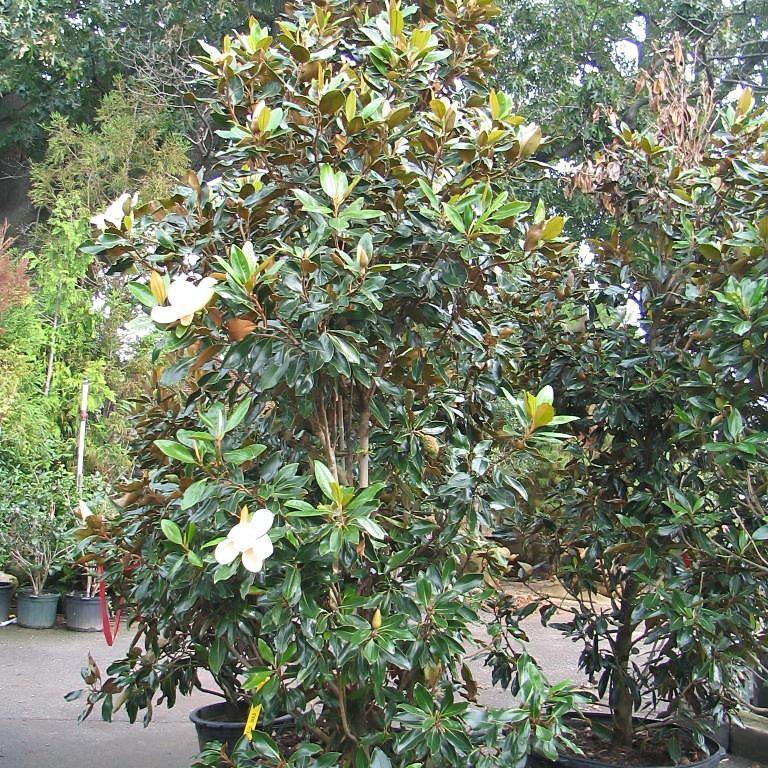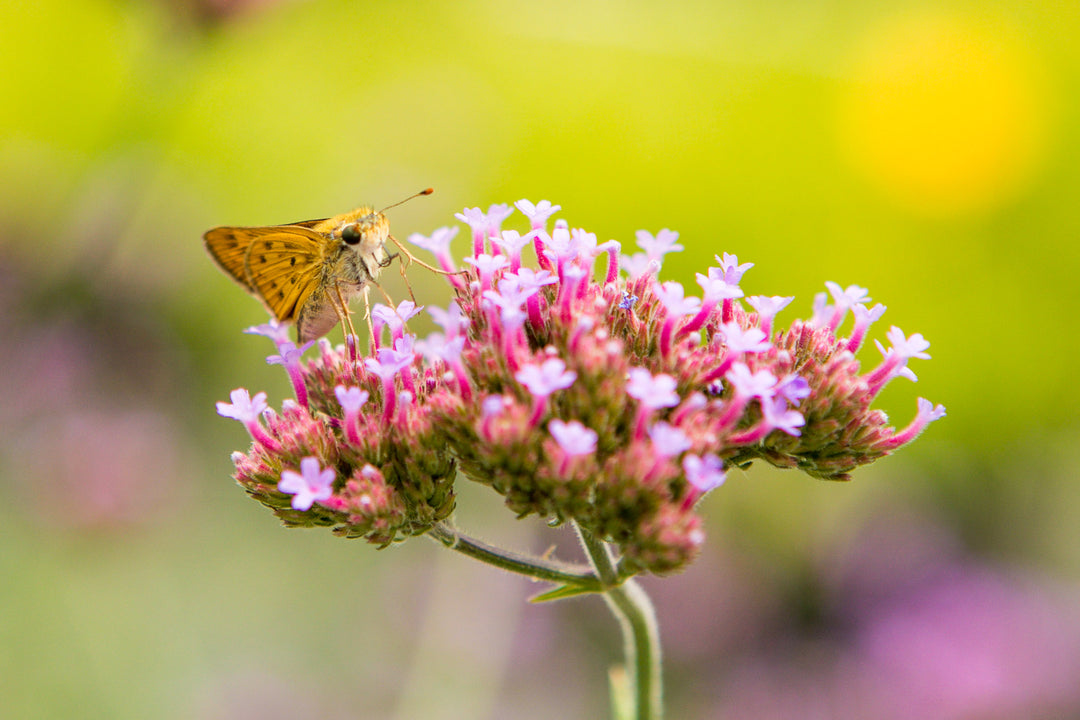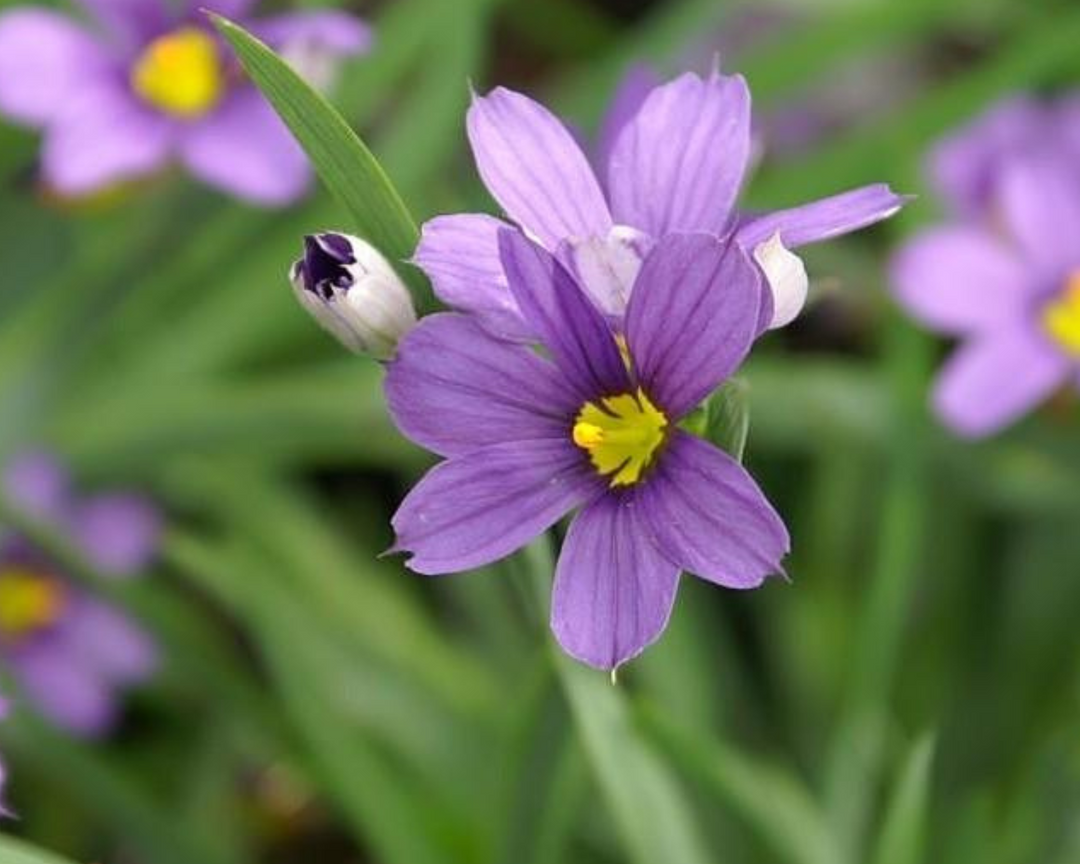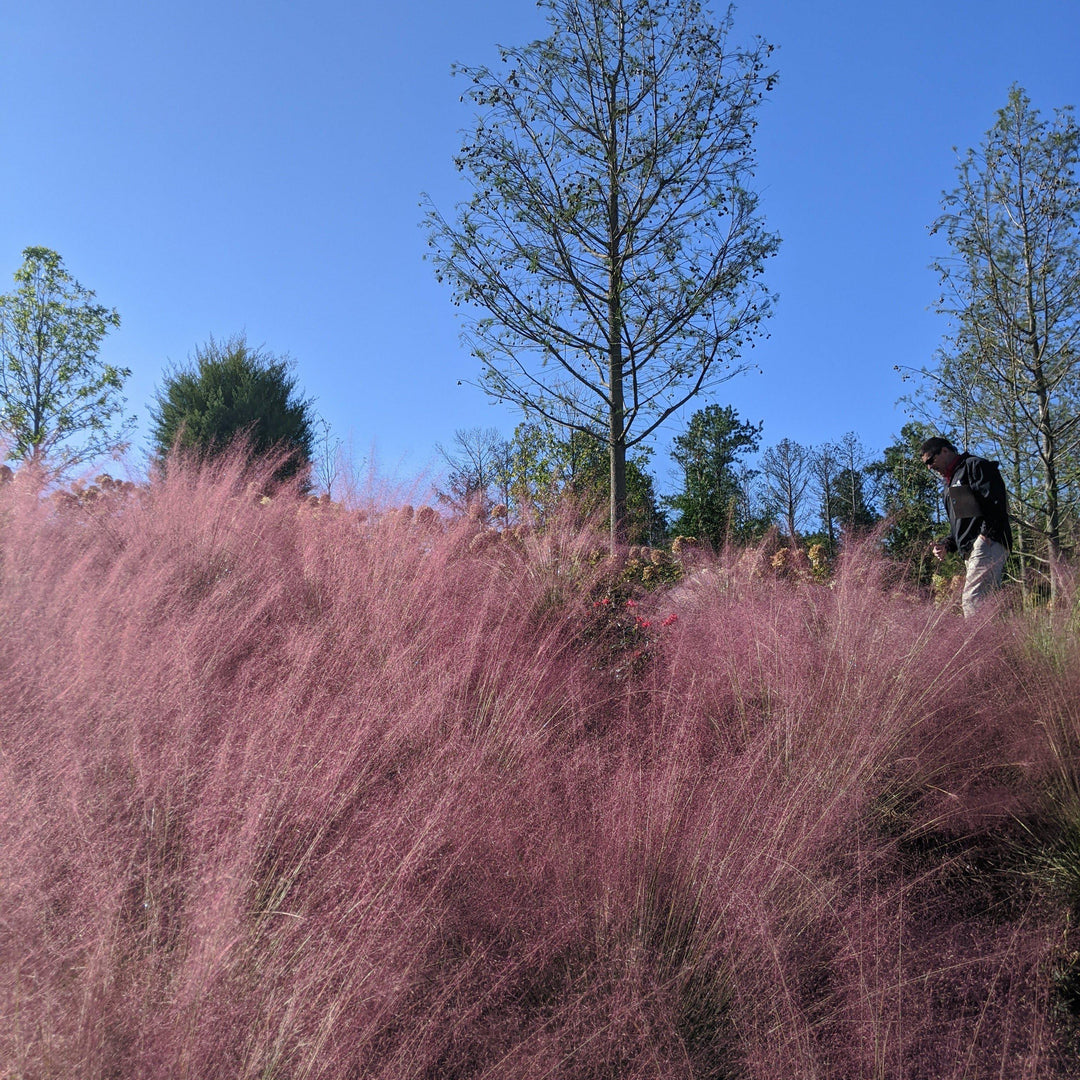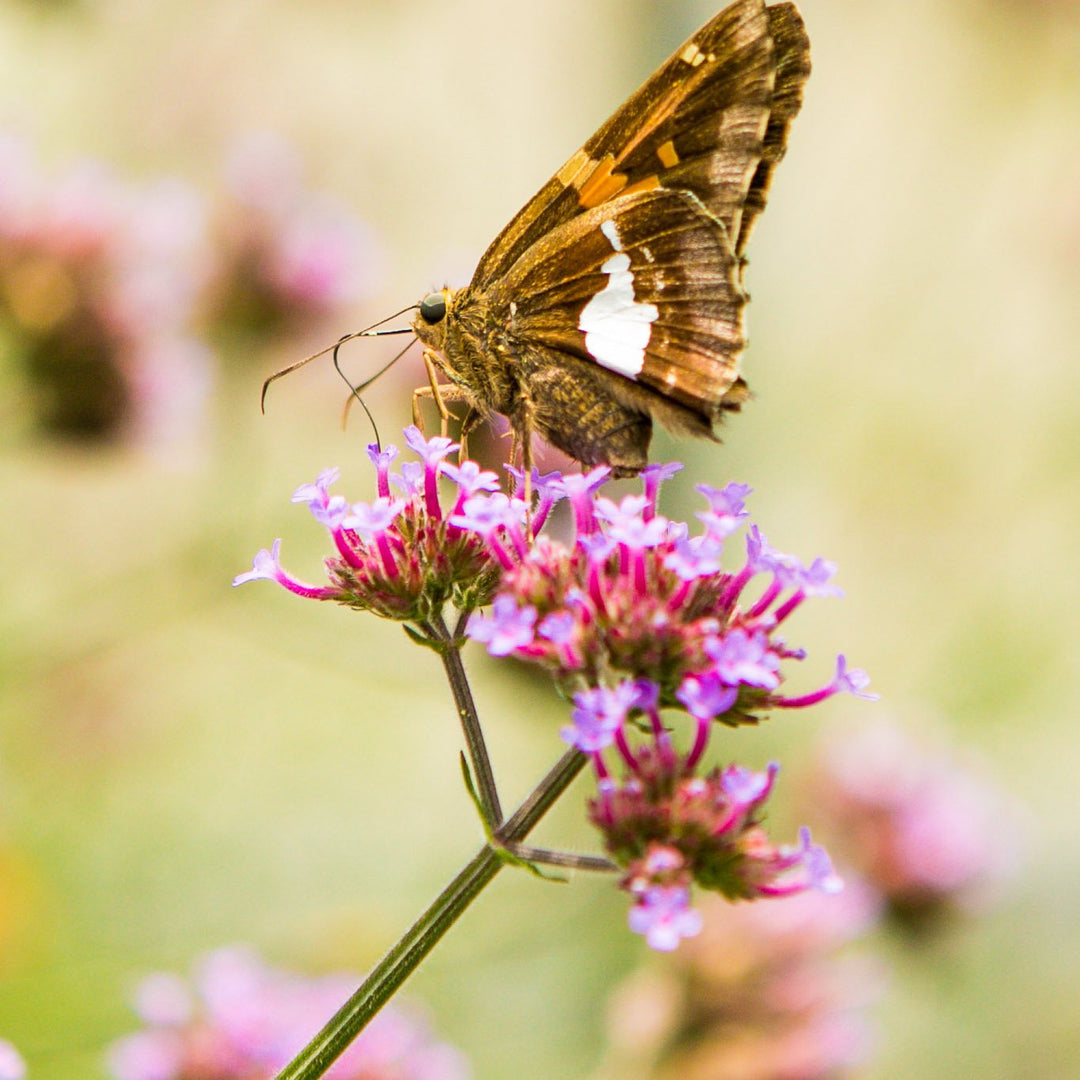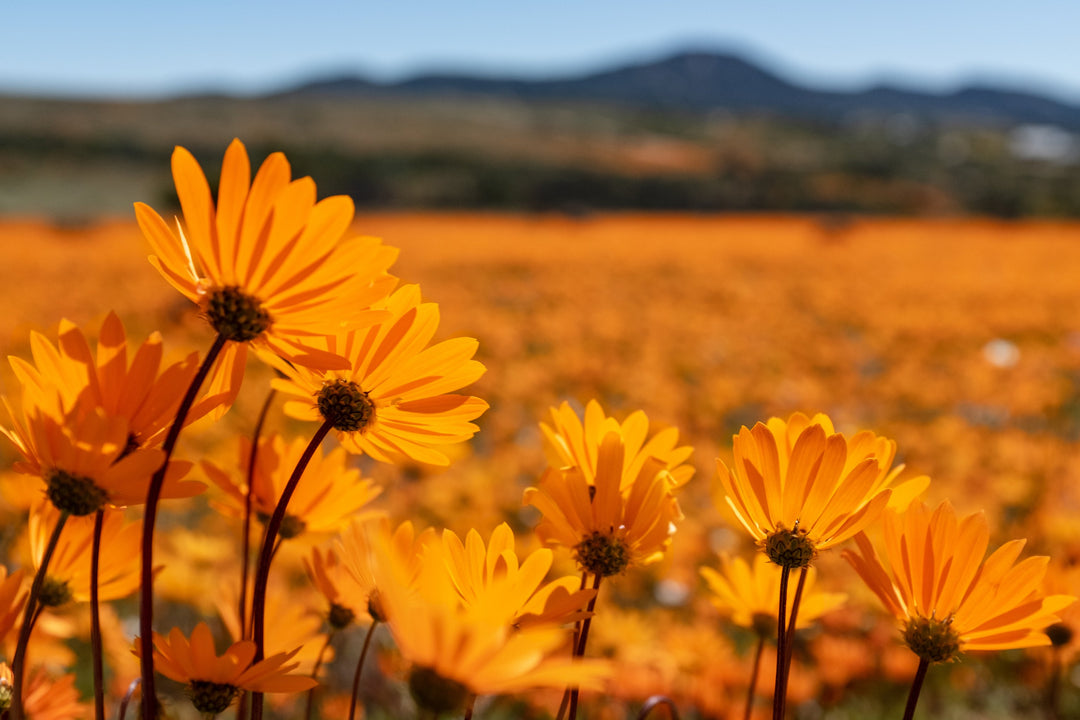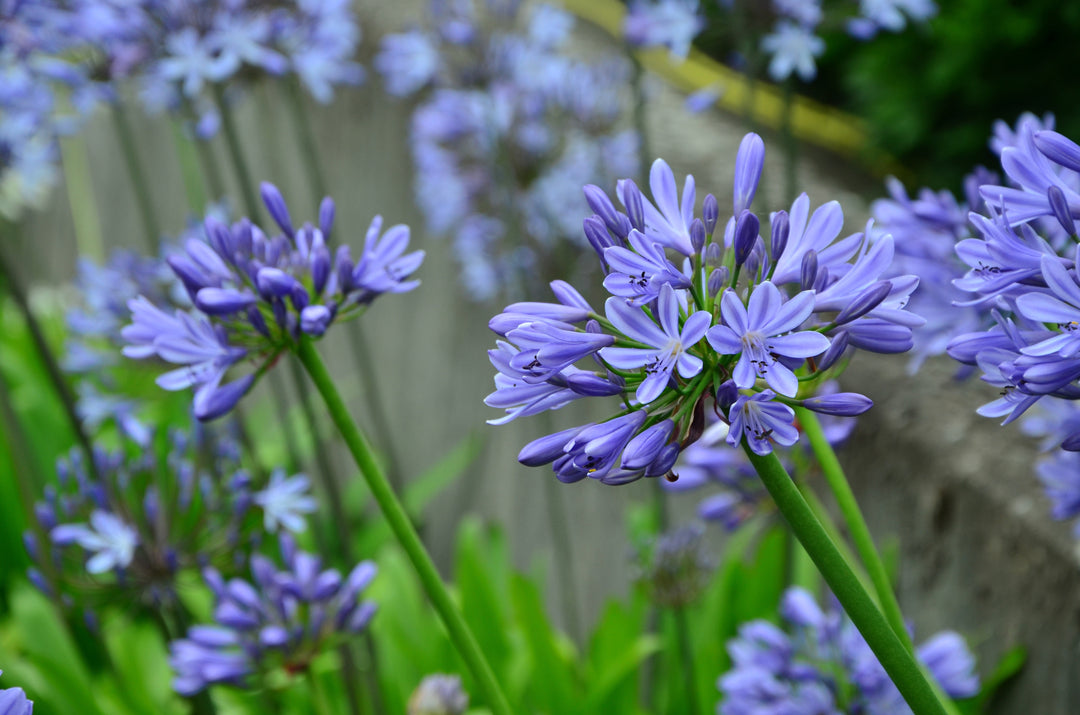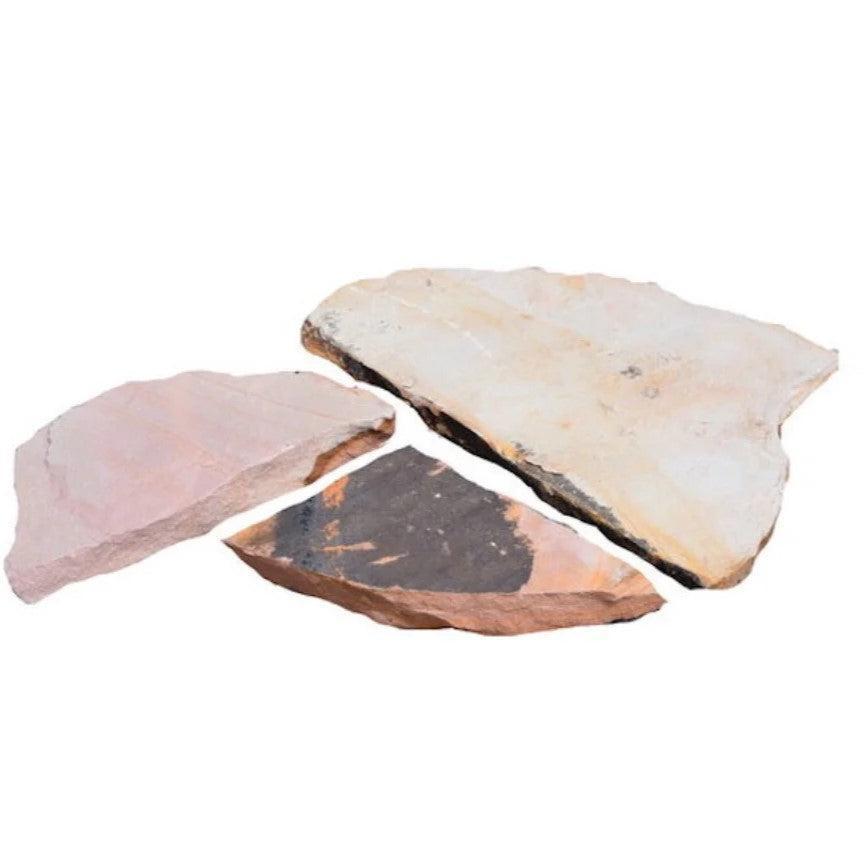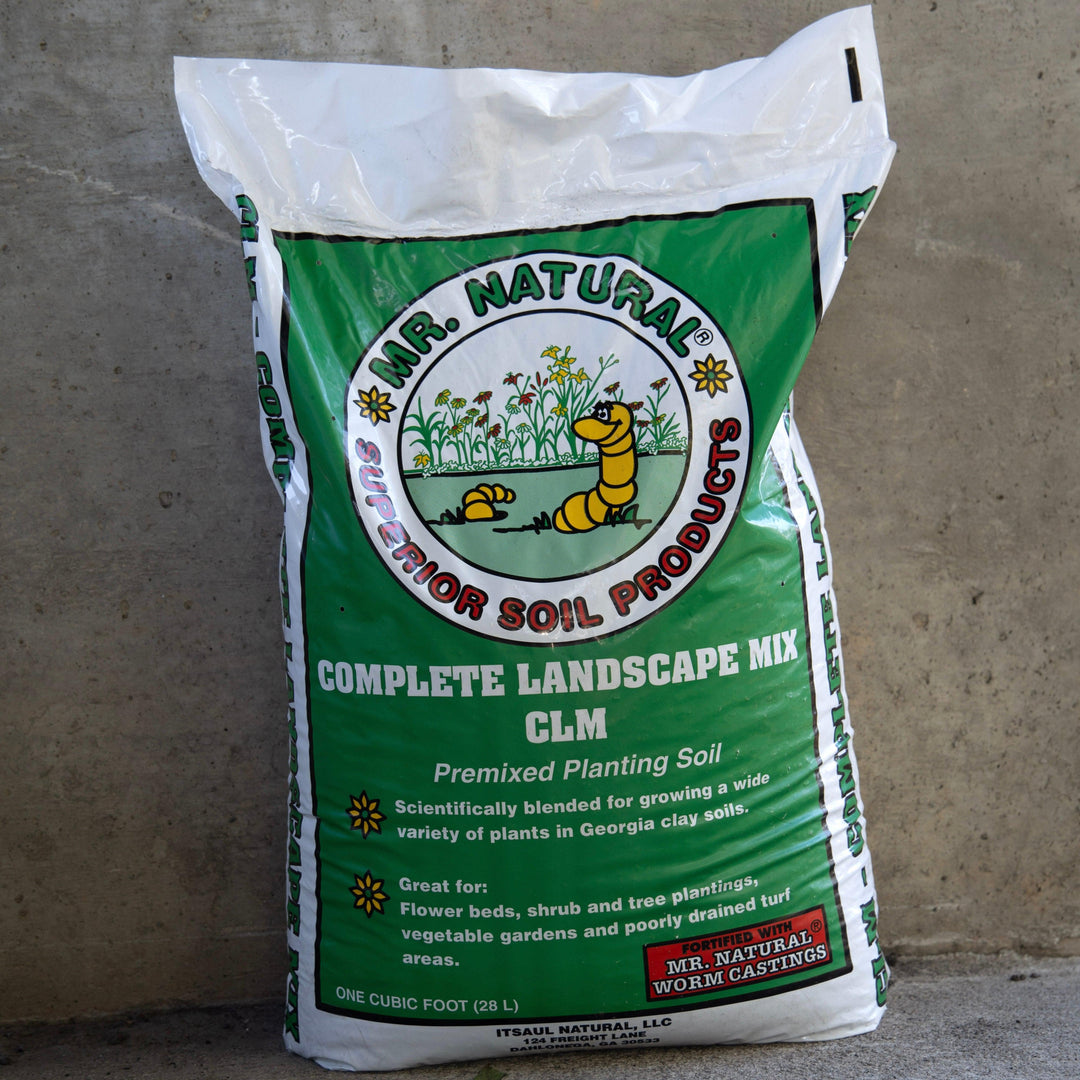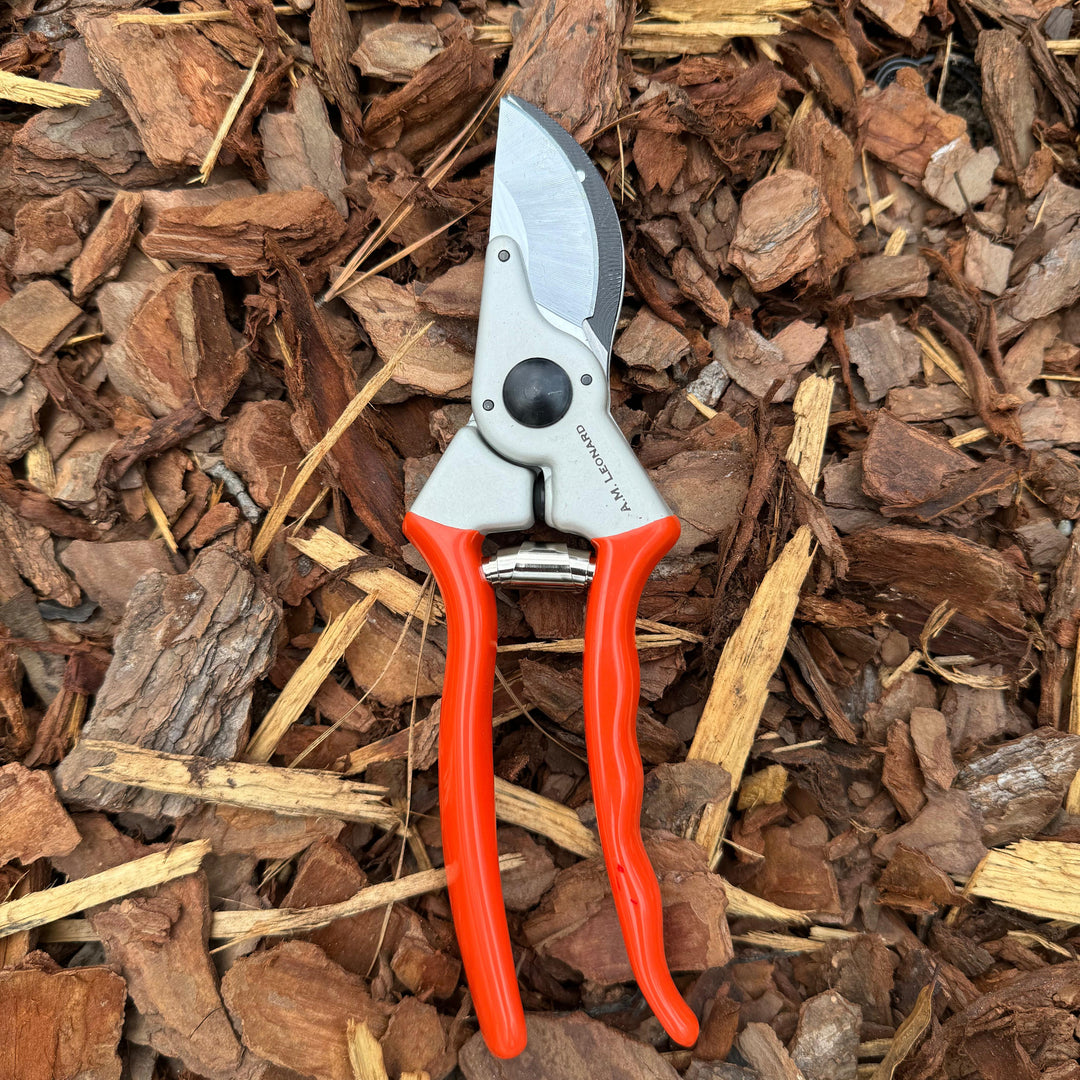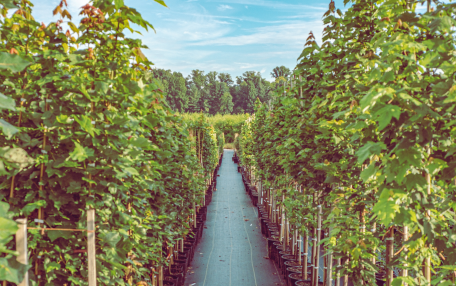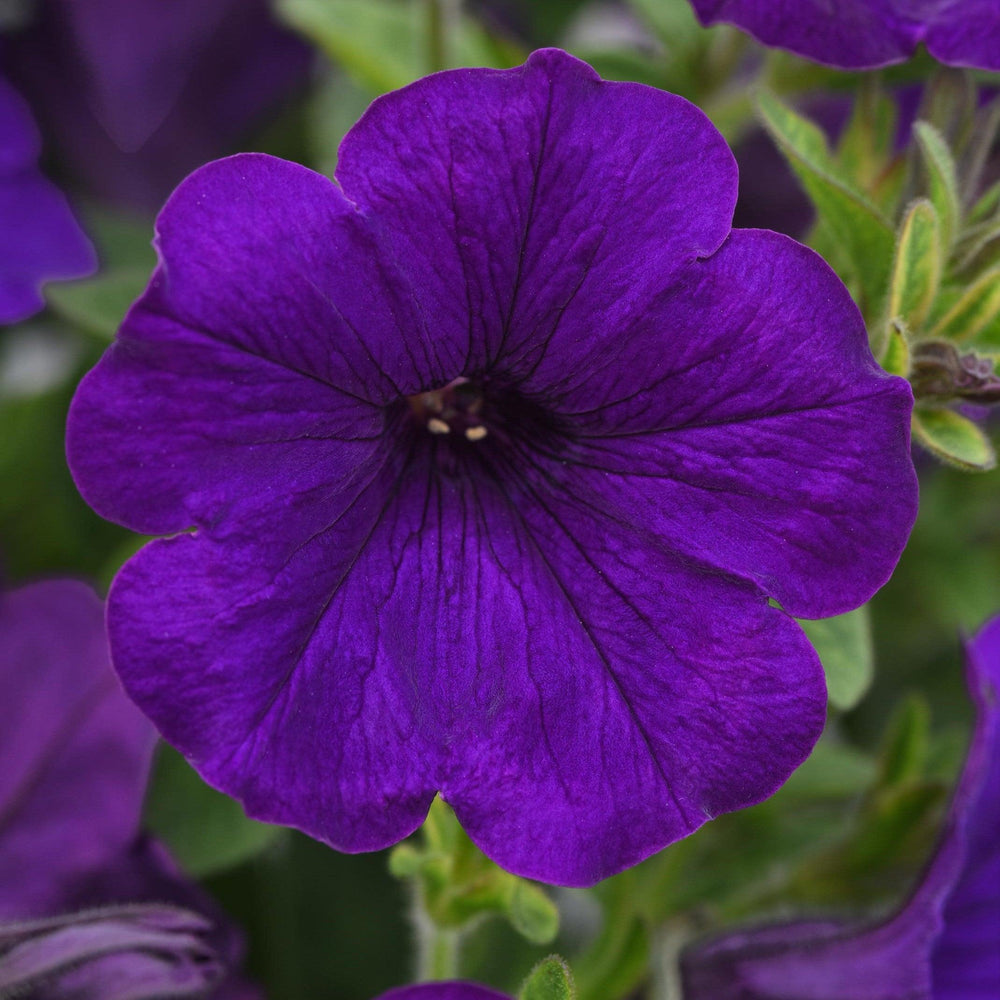Viburnum: A Guide to Elegance and Diversity in Your Garden
Viburnum, a versatile and enchanting genus of shrubs and small trees, is cherished by gardeners for its captivating blooms, rich foliage, and vibrant berries. In this comprehensive guide, we will introduce you to the world of Viburnum, discuss its common species and popular cultivars available on ServeScape, and provide essential care tips to ensure your garden thrives with the grace and charm of Viburnum.
Introduction to Viburnum
Viburnum is a diverse genus that includes both deciduous and evergreen species, native to various regions around the world, including North America, Europe, and Asia. Gardeners are drawn to Viburnum for its stunning display of fragrant flowers, attractive foliage, and often colorful berries that persist throughout the seasons.

Why Choose Viburnum for Your Garden?
Viburnum offers several compelling reasons to become a staple in your garden:
- Four-Season Interest: Viburnums are prized for their year-round appeal, with beautiful blooms in spring, lush foliage in summer, vibrant berries in fall, and interesting branching patterns in winter.
- Attractive Foliage: Many Viburnum species feature stunning, glossy leaves that add texture and depth to your garden.
- Versatility: Viburnums are versatile plants that can be used as hedges, screens, specimen plants, or even foundation plantings.
- Wildlife Attraction: Viburnum's berries provide a valuable food source for birds and wildlife, enhancing the ecological diversity of your garden.
Now, let's explore Viburnum in greater detail by discussing its common species and some popular cultivars available on ServeScape.

Common Viburnum Species
Viburnum dentatum (Arrowwood Viburnum): Arrowwood Viburnum is known for its excellent wildlife value, offering clusters of white flowers in late spring and striking blue-black berries in the fall.
Viburnum opulus (European Cranberry Bush): European Cranberry Bush is celebrated for its showy, snowball-like clusters of white flowers and bright red berries that resemble cranberries.
Viburnum plicatum (Japanese Snowball Viburnum): Japanese Snowball Viburnum is a deciduous shrub with distinctive, tiered layers of white, lacecap-like flowers in spring.
Viburnum tinus (Laurustinus Viburnum):Laurustinus Viburnum is an evergreen species known for its glossy dark green leaves and fragrant white to pinkish flowers.

Popular Viburnum Cultivars on ServeScape
- Viburnum carlesii 'Korean Spice': Known for its fragrant, pinkish-white flowers and compact size.
- Viburnum macrocephalum (Chinese Snowball): Features massive, globe-like clusters of white flowers.
- Viburnum rhytidophyllum 'Alleghany': Showcases leathery, dark green leaves and creamy white clusters of flowers.
- Viburnum x pragense (Prague Viburnum) Offers dense, oval clusters of fragrant pinkish-white flowers.
- Viburnum × juddii (Judd Viburnum): Known for its sweetly fragrant, pinkish-white flowers.
- Viburnum plicatum f. tomentosum 'Mariesii': Features distinctive, horizontally tiered branches and lacecap-like white flowers.
- Viburnum davidii (David Viburnum): Valued for its attractive, evergreen foliage and metallic blue berries.

Viburnum Care Guide
- Sunlight: Most Viburnums prefer full sun to partial shade, depending on the species. Ensure they receive adequate sunlight for healthy growth and flowering.
- Soil: Well-draining soil rich in organic matter is ideal for Viburnums. Adjust soil pH based on species preferences.
- Spacing: Plant Viburnum shrubs according to their mature size, leaving sufficient space between them.
- Watering Needs: Keep the soil consistently moist but not waterlogged. Water deeply during dry periods, especially for newly planted specimens.
- Pruning: Prune Viburnums in late winter or early spring to shape them and remove dead or damaged branches. Some species benefit from rejuvenation pruning.
- Fertilization: Apply a balanced, slow-release fertilizer in early spring to promote healthy growth and blooming.
- Mulching: Apply mulch around the base of Viburnums to retain soil moisture and suppress weeds.
- Winter Protection: Protect Viburnums from extreme winter conditions, especially newly planted ones, using mulch or burlap wraps.
Viburnum is a beloved addition to any garden, offering an array of species and cultivars to suit your preferences. Whether you're drawn to its exquisite flowers, colorful berries, or lush foliage, there's a Viburnum that's perfect for your landscape. Explore the diverse selection of Viburnums on ServeScape and embark on a journey of beauty and elegance in your garden. Happy gardening!

